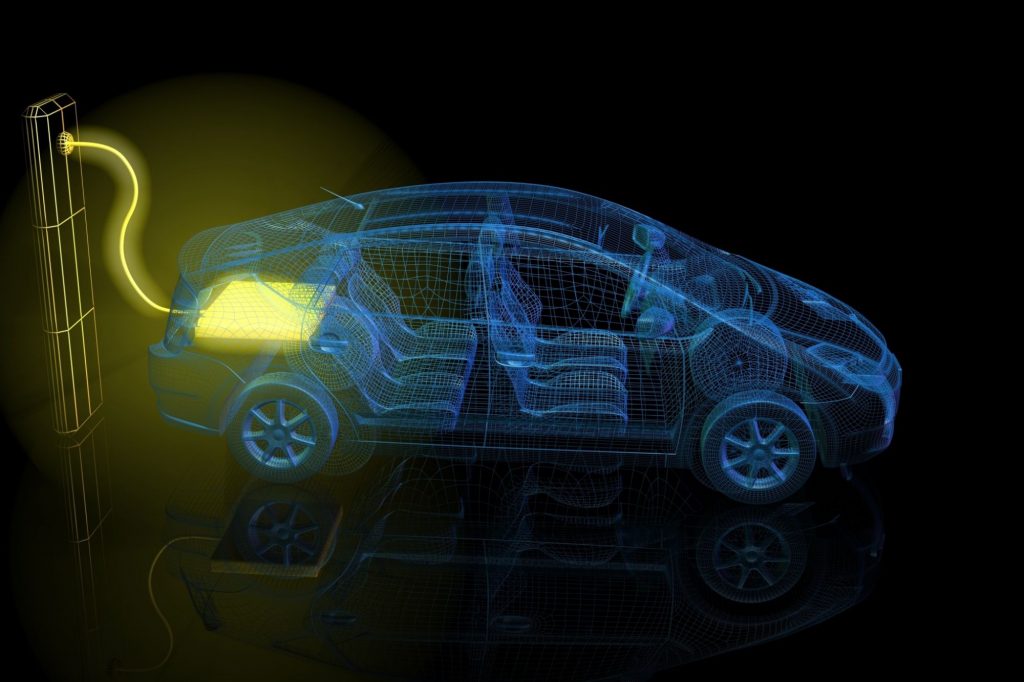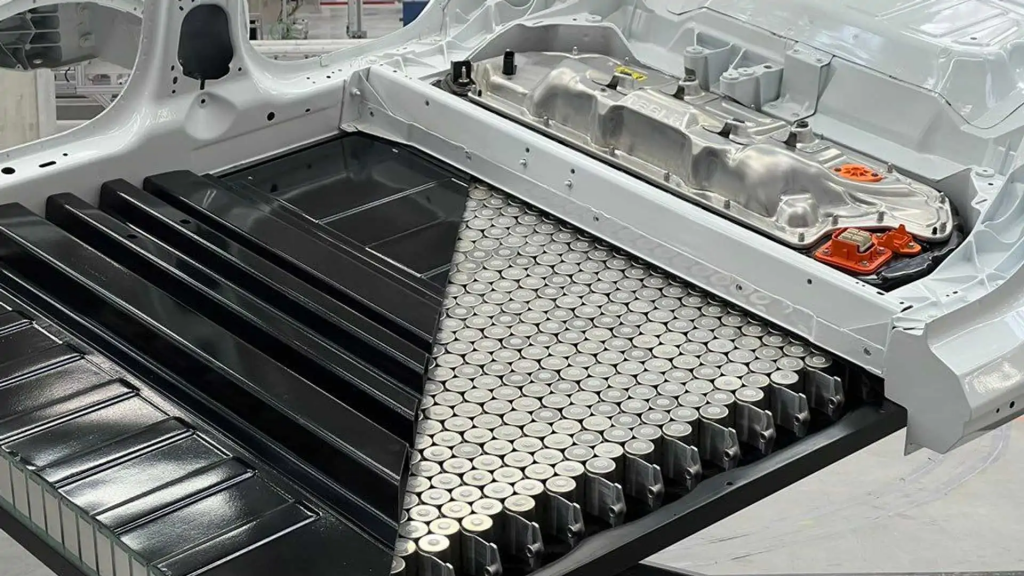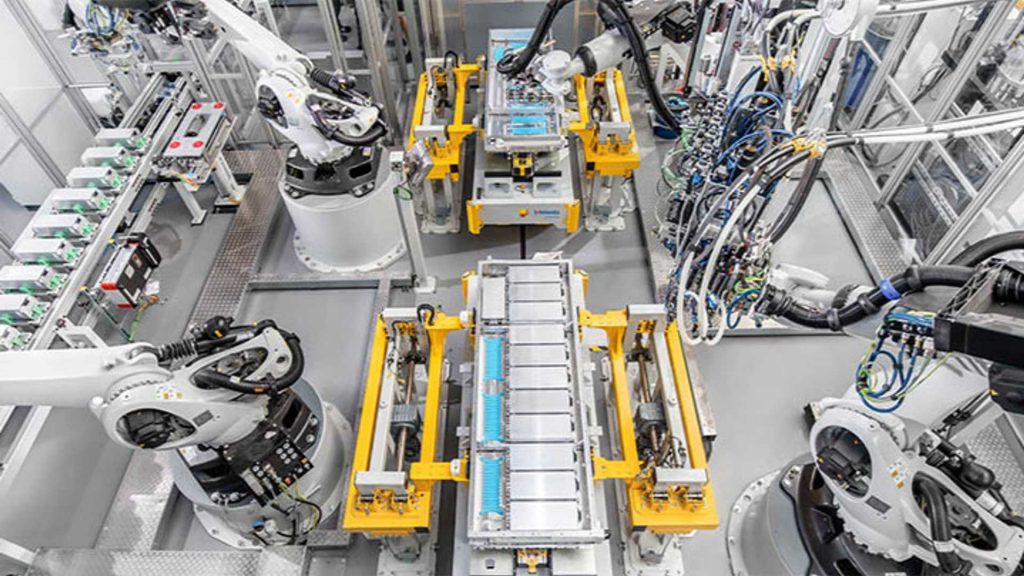Electric cars have been steadily gaining popularity. With more and more battery manufacturers developing and releasing new models, it’s easy to imagine an all-electric future. But the key to the success of electric vehicles is their range, which is largely determined by their battery capacity. How is all this energy stored? Electric car battery must be compact, able to charge quickly and regularly, and must also have enough power to get you where you want to go.
This article explores the most common types of the EV battery, their potential capacities, and how long they typically last.

What types of batteries used in electric vehicles use
There has been much advancement in battery technology over the past 40 years. With the push for more sustainable energy, we’ve come a long way from the lead-acid battery of the past. Let’s take a look at the two most commonly used batteries in electric vehicles today.
Lithium-Ion Battery for electric car (EV)
There are 6 main chemical types of lithium, and cars tend to use the lithium with the highest energy density. This is usually Lithium Cobalt Oxide (LCO) or Lithium Nickel Cobalt Oxide (NCA).
When it comes to battery casings, there are three different types: cylindrical, prismatic, and pouch cells. You’ll find all three electric vehicles today, and each has its pros and cons.
For example, Tesla Model 3 battery chose to use the cylindrical battery because of its reliability and durability. Their battery packs contain hundreds of lithium-ion cells, stored under the car’s interior compartment. In fact, a Tesla has 2,976 lithium-ion batteries. These lithium-ion batteries are the most energy-dense battery in the world. However, they are cumbersome compared to other types.
Tesla uses thousands of battery
Like the cylindrical battery, prismatic batteries have a sturdy casing; however, prismatic batteries are generally lighter and fit well in tight spaces due to their rectangular shape. Because of this, Volkswagen has recently turned to prismatic battery. That said, the BMW i3 battery generally has a shorter life cycle than a cylindrical battery.
Pouch cells are different because they are housed in thin metal bags and are more flexible than prismatic and cylindrical cells. Because of this, they’re great for oddly shaped small spaces, but they tend to swell and pose a potential fire risk. Both GM and Hyundai use pouch-type batteries.

Nickel Metal Hybrid Battery
Nickel-metal hybrid battery were created in 1987 to pave the way for battery hybrid cars. This happened with the invention of a new cathode material made of lanthanum, nickel, cobalt and silicone. The new formula helps the battery maintain 84% of its charge capacity, even after 4,000 charge/recharge cycles.
Later, more advances in battery chemistry helped nickel-metal hybrid batteries maintain a higher energy density than a lead-acid batteries.
Now, you’ll find nickel-metal hybrid battery mostly used in hybrid vehicles. They are popular for their high energy output and safety. Also, like Lithium batteries, the battery’s state of charge does not affect its output as much as lead-acid batteries.
However, nickel-metal hybrid batteries are expensive. They also have higher self-discharge rates and higher cooling requirements. You’ll find this type of battery electric vehicle in the Toyota Prius, Honda Insight, and Civic Hybrid.
What is the capacity of a TESLA electric car battery
As you might have guessed, the energy capacity of an EV battery depends on many factors, including the type of battery used and the car itself. Battery capacity is measured in kilowatt-hours (kWh), and the higher they are, the more miles the car can travel without charge.
Therefore, EV batteries range in capacity from 40 kWh to 200 kWh. To put that in perspective, the Tesla Model X battery and S have a 100 kWh battery that can travel 300 miles between charges, while the Nissan Leaf has a 40 kWh battery that can travel between charges 149 miles.

How long will an electric car battery last
Many people considering purchasing these economy vehicles, you may be wondering how long the battery will last. After all, a car is only as good as the battery that powers it.
While high-energy batteries used in electric vehicle don’t last as long as chemicals like lithium iron phosphate, the general rule is that a lithium-ion battery in a car will last about 200,000 miles or about 17 years — pretty good for a car battery.
Much battery life depends on how the battery is handled, charge and discharge cycles, and operating temperature. Many cars utilize advanced battery management systems and even heating and cooling systems to keep the battery running for as long as possible.
Are there any new technologies for electric car battery
Advances in EV battery have been accelerating, and they may also solve recycling problems.
New improvements are being made all the time, from energy density and production costs to safety. The ultimate goal is to keep the battery as safe as possible to hold as much energy as possible.

Conclusion
Advances in batteries have come a long way, and we’ve finally reached a point where EVs are affordable and reliable. Lithium-ion battery dominate this segment and are likely to continue to be the primary battery of choice for many years to come.
Each type of battery has its advantages and disadvantages, and the latest developments and propositions in electric car battery technology are likely to solve many problems in the electric vehicle industry.

